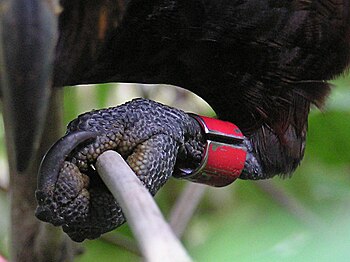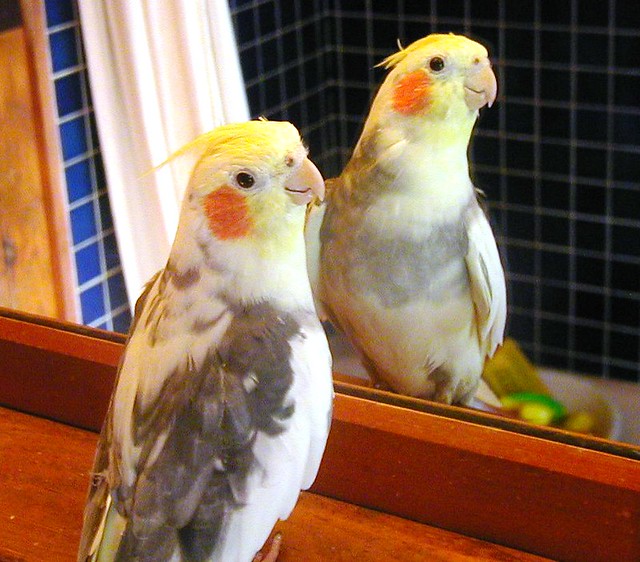 |
| Illustration of a tit from Edmund Selous's Bird Watching (Photo credit: Wikipedia) |
What you need
Before you go bird watching with children, make sure that you yourself have had a first-hand experience of the activity. What you can do is search on the Internet what are the best places to bird watching with children. Once you found the best one or the nearest one in your area, take a time off to visit it before bring your children there.
Check if the entire area is safe for children. If you are having doubts about children safety, it is best to talk to the administrator of the park or the preserve to make sure that they have enough facilities to take care of kids. Also, ask what are the things that you need to bring when going there.
Also check how much are the fees, how many kids are allowed to bird watch, and what are the ideal ages for bird watching. When everything is done and you are confident that your child will be safe while bird watching, book a tour date while you're there.
On the date of the bird watching activity, make sure that you bring the following:
1. A good pair of binoculars for kids. This is very important because the center might not have enough binoculars for the visitors. To ensure that the kids can use something, grab a good yet cheap pair of binoculars when you are in the department store.
2. A bird book or field guide. Although most of the bird parks offer booklet that contains information on the birds that can be seen there, it is best to bring a book guide on your own just in case they don’t have one. The book guide can help your kids identify the common birds in the area and can help them in describing the birds based on their appearance, color, size, and shape.
3. Bottled water and snacks. Since kids tend to get hungry often, it is best if you bring lots of bottled water and handy snack packs just in case no convenient store is near the area.
4. First aid kit. This should always be a must whenever you go out with your kids because they can be so accident-prone. Make sure that you include a first aid kit in your child's backpack to make sure that you can tend to the wound or scratch immediately.
5. A camera. This is also a "must" when going out with kids because it can preserve the memories with your kids. Having a handy camera can enable you to take as many pictures of your kids during the tour. You can also ask your kids to take as many photos as they can of the birds that they see.
6. A notebook or sketchpad with pens or pencils. One of the benefits of bird watching for children is that it encourages them to jot down their observations. These can also be helpful to artistically-inclined children because it can encourage them to draw the birds that they see.
















